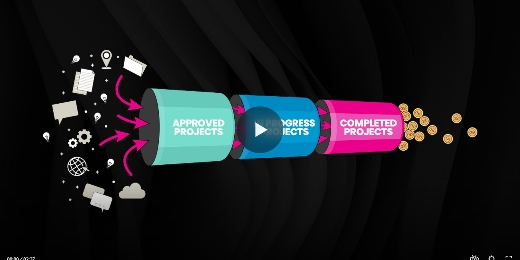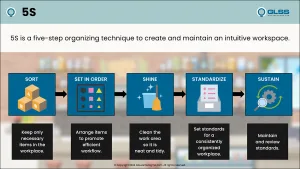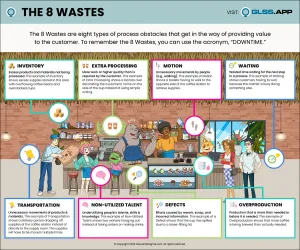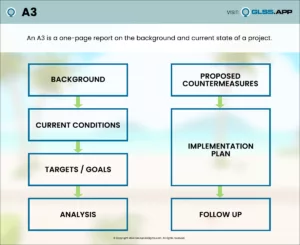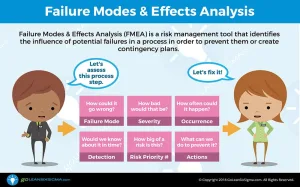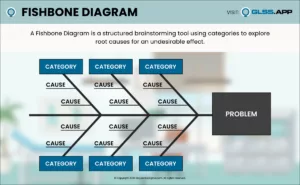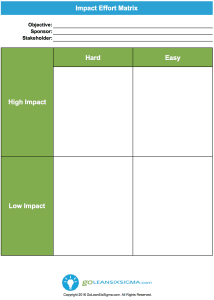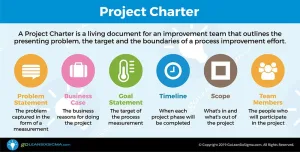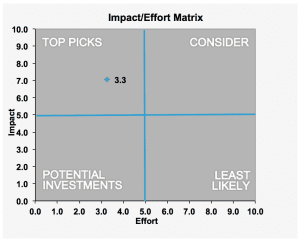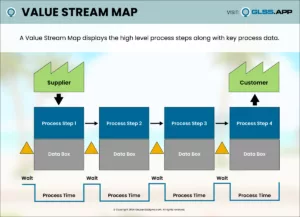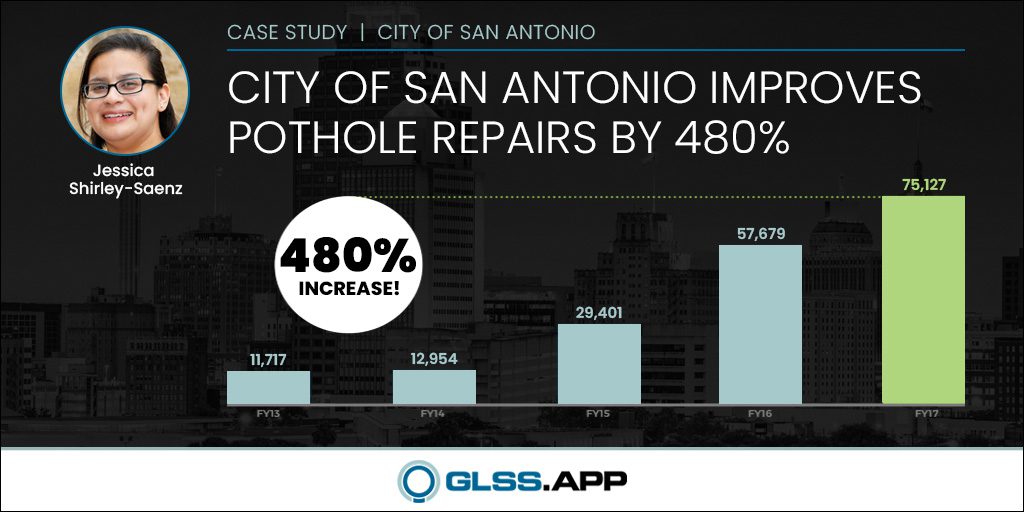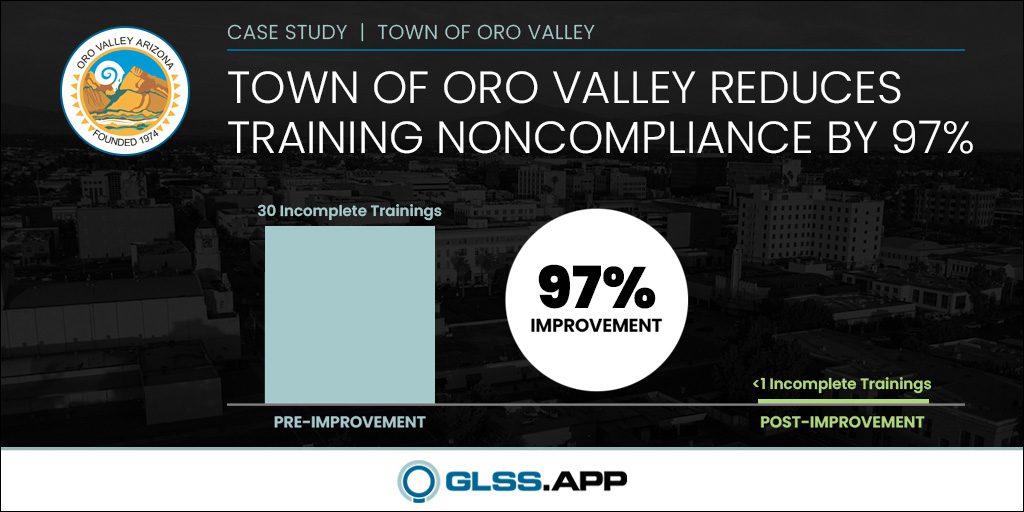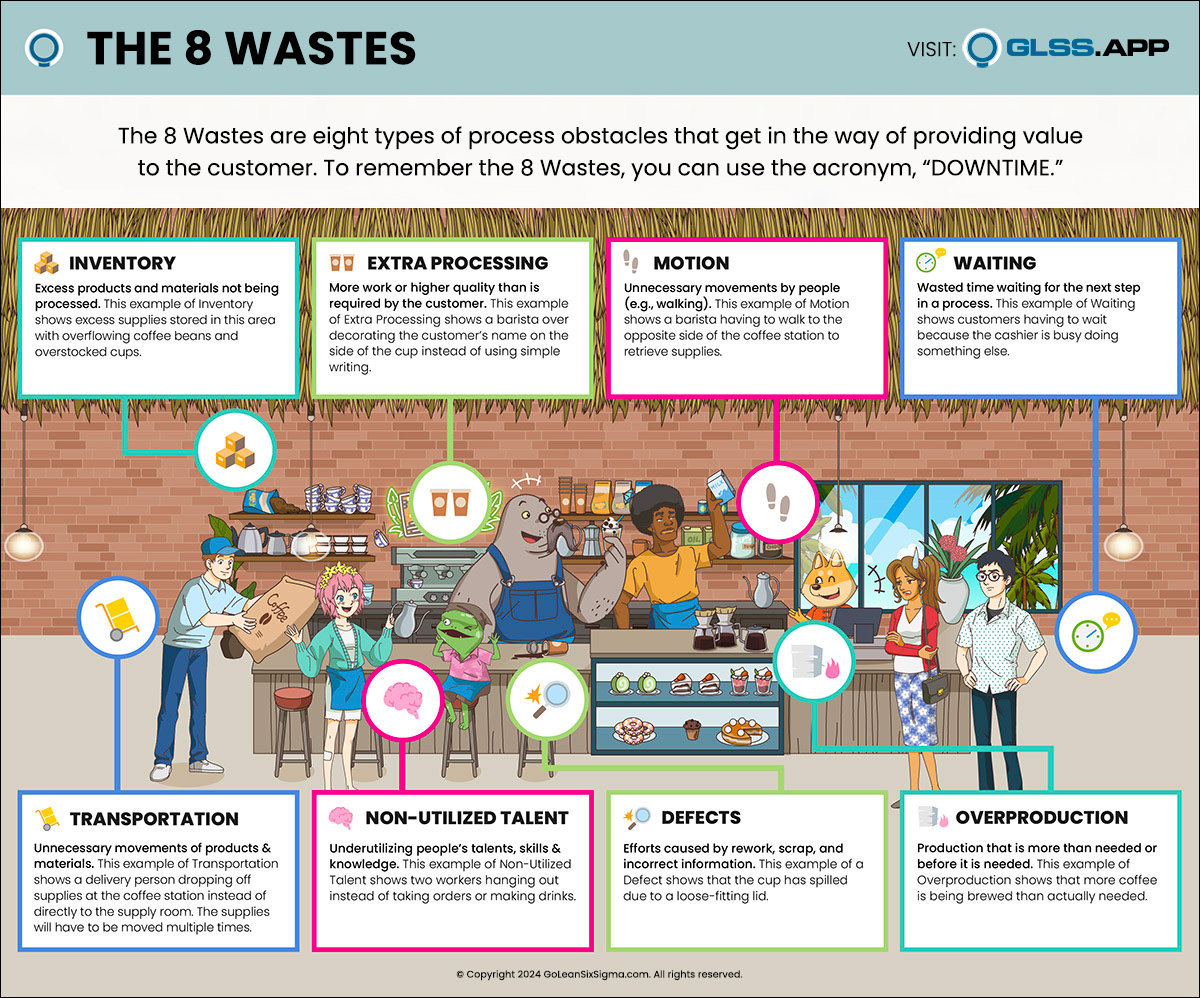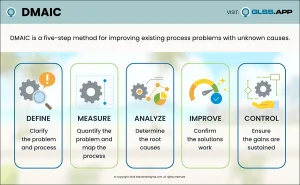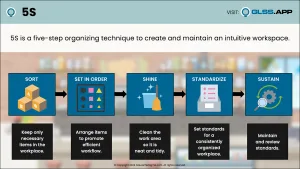What do you call it when a garage door stops closing before it hits your head? The Hokey Pokey? No, a Poke-yoke! Lucky for us, Shigeo Shingo baked this mistake-proofing technique into the Toyota Production System and the rest is history.
Mr. Shingo was an industrial engineer, an author and a prolific teacher. He is known primarily for the Shingo Prize which is awarded annually for excellence in manufacturing.
Claims to Fame – What Did He Invent?
Poka-yoke
He coined the term “Poka-yoke” which means mistake-proofing
Dr. Shingo recognized that by eliminating the root or source of errors it was possible to eliminate product defects completely. The focus was on preventing, fixing or calling attention to human errors such that they did not continue to impact the process downstream. This concepts ties directly to the concept of Zero Quality Control – the method of eliminating the need for inspection by working to remove the potential for errors.
Classic Poka-yokes:
- Diesel nozzles designed to fit only in the tanks of cars that run on diesel and the same for gas
- Elevator doors with electronic eyes that stop the door from closing if anyone is in the way
- Requiring double entry when creating passwords
- Magic marker on the limb of a patient that is intended for surgery
The origin of the term came from the Japanese “yokeru” to avoid and mistakes or “poka.” The term was originally “baka-yoke” which meant “idiot-proofing” but since that didn’t reflect well on workers, they wisely softened it up!
Single Minute Exchange of Die (SMED)
He documented how to reduce set-up time known as SMED
SMED or “Single Minute Exchange of Die,” where a “die” is a tool, is the practice of dramatically reducing or eliminating the time to change from one method or unit to another. The goal is to reduce the Changeover Time to single digits or under 10 minutes in order to speed up the flow of a process. This concept is also known as Set-up Reduction or Changeover Reduction. This not only improves flow but it reduces the fixed costs associated with setup and changeover of tools since it enables smaller batch sizes.
Two categories of set-up:
- Internal Set-up – these are operations that can only be done if the machine is stopped or the line stops running
- External Set-up – these are operations that can be accomplished while the machine or the line is still running
The key to SMED is to convert as many internal setups into external setups as possible. That means the machine can keep running longer while the setups for the next product take place. Imagine a copy machine that is running an 8×11 print job and you’re able to insert legal paper into the drawer in preparation for the next job while the printer is still making copies. Higher productivity since there’s no down time!
Little Known Facts:
- His first job was on the Taiwanese Railroad in Taipei
- The “Shingo Prize” is considered the Nobel Prize of manufacturing
Shingo at the Bahama Bistro:
Quote of the Day:
- “He ‘Shingo-handedly’ got a prize named after himself!”
Putting Shigeo Shingo into Action:
- “If we ‘do the Poke-yoke’ what do we get?”
- “Zero defective Bahama Mama Smoothies!”
Having worked for a time with Taiichi Ohno, Mr. Shingo documented much of the Toyota Production System, which includes Poka-yoke and SMED. He also helped spread the good word about Lean Manufacturing to plants all over the world.













